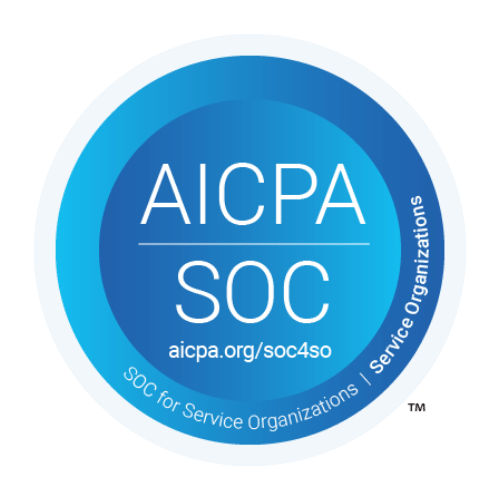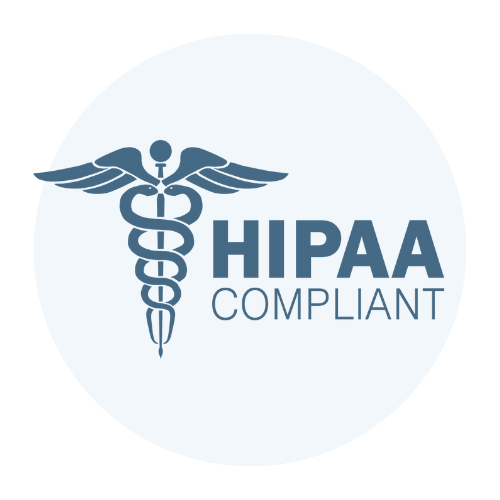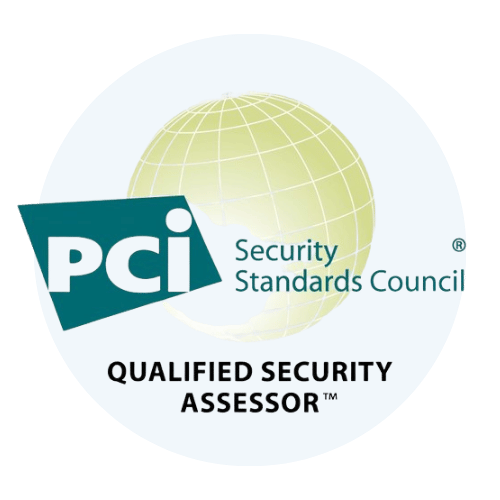TL;DR
ISO 27001 documentation is critical for proving control effectiveness, passing audits, and running a secure ISMS. This guide breaks down what’s mandatory, which templates to use, how to manage document lifecycles, and how to stay audit-ready.
ISO 27001 documentation can feel daunting, especially when certification is on the line. As a security manager/compliance lead, you know the stakes are high; your organization’s security and reputation depend on getting it right.
This guide is here to make the process easier. We’ll show you how to turn documentation from a headache into a powerful tool that proves your controls, simplifies audits, and keeps your ISMS running smoothly.
You’ve got enough on your plate, so let this guide help you tackle ISO 27001 documentation with clarity and confidence.
Introduction to ISO 27001 Documentation
Why Documentation Matters
Documentation is the foundation of an effective ISMS. Without clear, structured, and accessible documents, it’s impossible to demonstrate that controls are in place, working, and continuously improving.
Documentation provides:
Proof of control implementation
You need to show what you're doing, not just say it.
Audit evidence
Auditors rely on documented policies, procedures, and records to validate compliance.
Consistency
Documentation keeps teams aligned and helps reduce errors in daily operations.
Accountability
It assigns ownership of controls, activities, and incident response actions.
Types of ISO 27001 Documentation
A robust ISMS typically includes the following:
Mandatory vs. Recommended Documents
ISO 27001 Annex A and clauses 4 through 10 outline specific documentation required for certification. These mandatory documents include:
In addition, recommended documents like user onboarding checklists or supplier risk assessments help improve clarity and effectiveness, but are not required by name in the ISO/IEC 27001 standard.
However, they are commonly used to fulfill controls under Annex A, such as:
They support best practices and may be requested during an audit as supporting evidence, but they’re not mandatory for certification.
Not sure which documents your team actually needs for ISO 27001?
Schedule a quick consultation with our TrustNet compliance experts and get clarity before you go any further.
Mandatory ISO 27001 Documents and Records
To get ISO 27001 certified, you need to maintain a set of core documents and records. These aren’t optional as they’re explicitly required under clauses 4 to 10 of the ISO/IEC 27001:2022 standard and are critical during your certification audit.
Core Mandatory Documents
These documents form the foundation of your ISMS:
Mandatory Records
The following records are not always named directly in the ISO/IEC 27001:2022 clauses, but they are implicitly required to prove the operation of controls and effectiveness, especially for Annex A controls:
These records demonstrate that your controls are operational and monitored, exactly what auditors look for. Keep them current, complete, and easy to retrieve.
Policy and Procedure Templates
Strong policies and procedures define expectations, guide action, and serve as critical evidence during an ISO 27001 audit. Instead of starting from scratch, use templates, but only if you adapt them to fit your environment.
Policy Templates You’ll Need
Build your ISMS on these core information security policies:
Key Procedure Templates
Pair your policies with actionable procedures:
Best Practices
Templates save time, but tailored, well-managed documents build trust and pass audits.
Document Control and Management
ISO 27001 requires you to manage documents throughout their lifecycle to ensure they remain accurate, accessible, and secure. Poor document control leads to confusion, outdated policies, and audit findings. Avoid that by implementing clear processes and ownership.
Document Lifecycle Management
Handle each document through defined stages:
Assign a document owner for each item. They should drive updates and ensure timely reviews. Set review cycles, typically annually or after major changes.
Version Control
Track every update. Include:
Ensure users can only access the most current version. Outdated versions should be removed from active use.
Accessibility and Security
Store all documents in a centralized, secure repository, preferably with audit trails and role-based access. Only authorized personnel should view or edit sensitive materials.
Retention and Disposal
Stay organized and compliant. Document control is what keeps your ISMS credible.
Evidence Collection and Audit Readiness
ISO 27001 certification depends on your ability to prove that security controls are operating effectively. That proof comes in the form of documented evidence. Build evidence management into your ISMS from the start.
Key Evidence to Maintain
You’ll need clear, verifiable records that align with ISO 27001 clauses and Annex A controls. For example:
Each log or record should show who took action, what happened, and when.
Audit Preparation Best Practices
ISO 27001 audit readiness is about staying structured and proving your controls work.
Maintaining and Improving Documentation
Documentation isn’t “set it and forget it.” If you’re leading security, IT, or compliance at a growing organization, you know things change fast, and your ISMS documentation needs to keep up. What worked last year might fall short after a tech shift, a regulatory update, or a business expansion.
Regular Reviews Keep You Sharp
Stay ahead of risk and audit gaps by setting review cadences:
If you let docs go stale, they stop being useful, and you’ll feel it during audits and incidents.
Drive Continuous Improvement
Use your documentation to capture lessons and drive better outcomes:
An effective ISMS isn’t just compliant, it’s operational and evolving. When your documentation reflects reality, your team stays confident, your audits go smoother, and your security posture keeps improving.
What to Do Next: Don’t Just Document—Drive Action
Documentation only works if it drives action. If your ISMS documents just sit in a folder, they won’t help you pass audits or respond to incidents. Make them part of how your team works every day.
Make ISO 27001 work for your team, not just your auditor.
Book a documentation review or audit readiness session with TrustNet’s experts. We’ll walk through what you have, flag what’s missing, and help you get (and stay) compliant.



